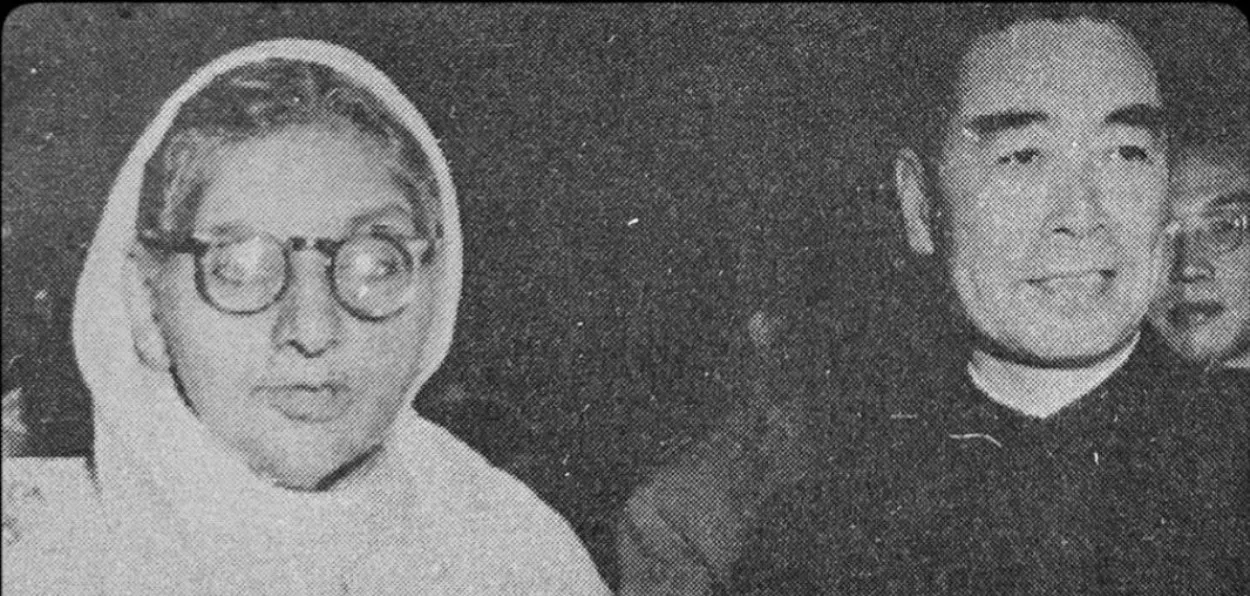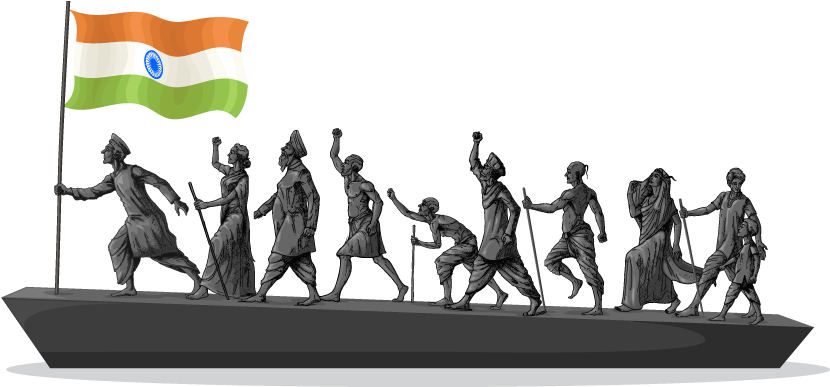Amritsar, PUNJAB:

Qudsia Bano once remarked that in a family led by a towering personality, the other members will always remain dwarfs. She failed to add that if the other family member is a woman, her stature will diminish further.
This is so true about many women including Saadat Bano, who was the wife of the well-known freedom fighter Saifuddin Kitchlew. It was against his arrest that the people were protesting at Jallianwala Bagh in Amritsar when Dyer fired upon them, killing 379 and injuring more than 1200 people. Not many would remember Saddat Bano since our patriarchal society teaches us “Saadat was married to Saifuddin” and not that “Saifuddin was the husband of Saadat”.
Seldom do we find any mention of Saadat Bano in our history textbooks as an independent woman or for her work.
Should Saadat be only remembered as the wife of a great man? Especially when she was a published writer and women’s rights activist even before she married Kitchlew. She was an excellent orator on social and political issues.
Born in 1893 in Amritsar, Saadat was home-tutored in Urdu, Persian, and English. At a very young age, she started writing in leading magazines of the early 20th century like Deccan Review, Tehzeeb e Niswaan, and Khatoon. With a series of articles by the title of Hurriyat e Niswaan (Freedom of Women) published in Tehzeeb e Niswaan at 16, she became one of the leading women thinkers in India. Her writings were not limited to women’s issues; she wrote about the educational reforms of Sir Syed Ahmad Khan, the politics of Maulana Abul Kalam Azad, fashion, etc.
Years before marrying the Cambridge-educated Saifuddin Kitchlew in 1915, she also had a name as a poet. She composed poems on nationalism and humanism. One of the couplets from a poem, “Pyare watan ke naam pe jaaun nisaar main, Ujde chaman mai dekhun Ilahi bahaar main” (I wish to sacrifice my life for my country and bring back its lost glory), bears testimony to her emotions.
After her marriage at the age of 22, she became more active in public life. Saifuddin was a prominent leader. After her marriage to a leading nationalist leader, Sadaar could write without fear. When Lala Lajpat Rai returned to Punjab after a long exile, Saadat welcomed him with an emotional poem. She wrote, “even when thousands are oblivious of the national duty, Lajpat has kept the honour of the nation”.
In 1919, Saifuddin was jailed for agitating against the Rowlatt Act. People organised a public meeting at Jallianwala Bagh to register a protest against it. What happened at Jalianwalla Bagh is history, but not many know that Saadat was supposed to be there addressing the protesters. People had gathered to listen to Saadar but she could not reach the venue in time.When Saifuddin was in jail, Saadat addressed meetings, met political leaders, attended Congress sessions, wrote in newspapers, and participated in All India Women Conference activities. She was a good orator.
Saadat along with Saifuddin was one of the most severe critics of Jinnah’s demand for Pakistan. When most of the Muslims from Amritsar fled to Pakistan the couple left Delhi. After India gained freedom, Sadaat remained active with Women’s organisations and Peace Conference till her last day – 18 August 1970.
source: http://www.awazthevoice.in / Awaz, The Voice / Home> Stories / by Saquib Salim / May 21st, 2023









